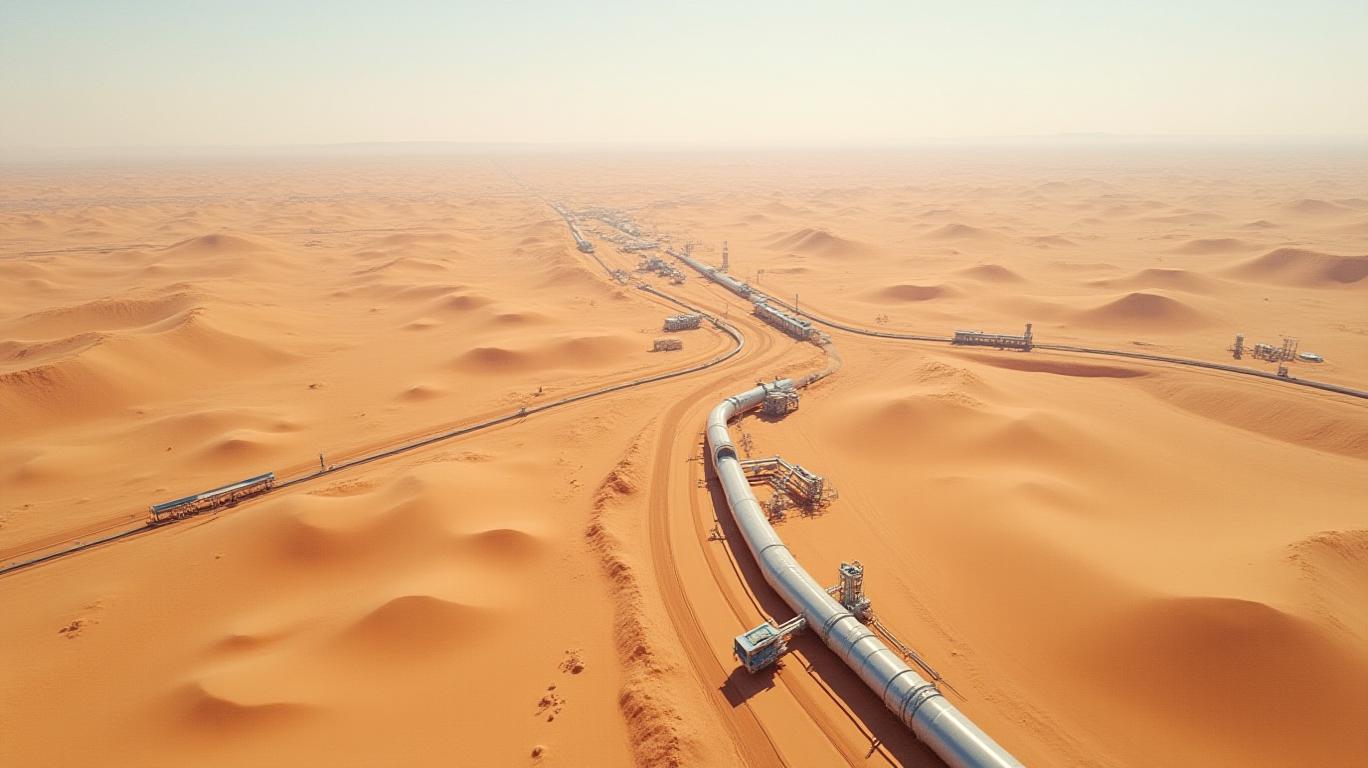Keystone Pipeline Shuts Down After North Dakota Rupture
The Keystone oil pipeline, a critical infrastructure valued at $5.2 billion, was forced to shut down following a rupture in rural North Dakota. This incident has halted the flow of thousands of gallons of crude oil from Canada to refineries in the United States. The pipeline, managed by South Bow, a Calgary-based liquid pipeline business, was shut down after control center leak detection systems detected a pressure drop. The spill is contained within an agricultural field, and the affected segment has been isolated. The primary focus is on the safety of onsite personnel and mitigating environmental risks.
The pipeline, which transports an average of 624,000 barrels per day, was constructed in 2010 and carries crude oil from Alberta through several U.S. states to refineries in Illinois and Oklahoma. The cause of the rupture and the volume of crude oil spilled are not yet clear. An employee at the site near Fort Ransom heard a "mechanical bang" and shut down the pipeline within about two minutes. Oil surfaced about 274 meters south of the pump station in a field, and emergency personnel responded promptly. Fortunately, no people or structures were affected by the spill, and a nearby stream, which only flows during part of the year, was blocked off and isolated as a precaution.
The Pipelines and Hazardous Materials Safety Administration is sending a team to investigate the cause of the leak. Fort Ransom, located in a hilly, forested area of southeastern North Dakota, is known for its scenic views. The rate at which the 80-centimeter pipeline was flowing at the time of the rupture is unclear, but even at two minutes, it is expected to have released a significant volume of oil. However, it is noted that much larger spills have occurred in the past, including one involving the same pipeline a few years ago in Walsh County, North Dakota.
The Keystone Pipeline was originally constructed by TC Energy but is now managed by South Bow as of 2024. A proposed extension to the pipeline, known as Keystone XL, was intended to transport crude oil to refineries on the Gulf Coast. However, it was ultimately abandoned by the company in 2021 after years of protests from environmental activists and Indigenous communities over environmental concerns. In December 2022, nearly 13,000 barrels of oil spilled from Keystone’s line in Kansas into a creek traversing a pasture. An engineering consulting firm attributed the spill to an overstressed bend in the pipeline, likely due to construction activity altering the land around the pipe. TC Energy stated that a faulty weld in the line’s bend caused a crack that exacerbated over time.
This incident highlights the ongoing challenges and risks associated with large-scale oil transportation infrastructure. The shutdown of the Keystone pipeline underscores the vulnerability of such systems to mechanical failures and the potential environmental impact of spills. The investigation into the cause of the rupture will be crucial in determining the necessary measures to prevent similar incidents in the future. The focus remains on ensuring the safety of personnel, mitigating environmental damage, and restoring the pipeline's operations as quickly as possible.



_442a2dcc1749832873286.jpeg)
_e68fac6d1749831664430.jpeg)

























